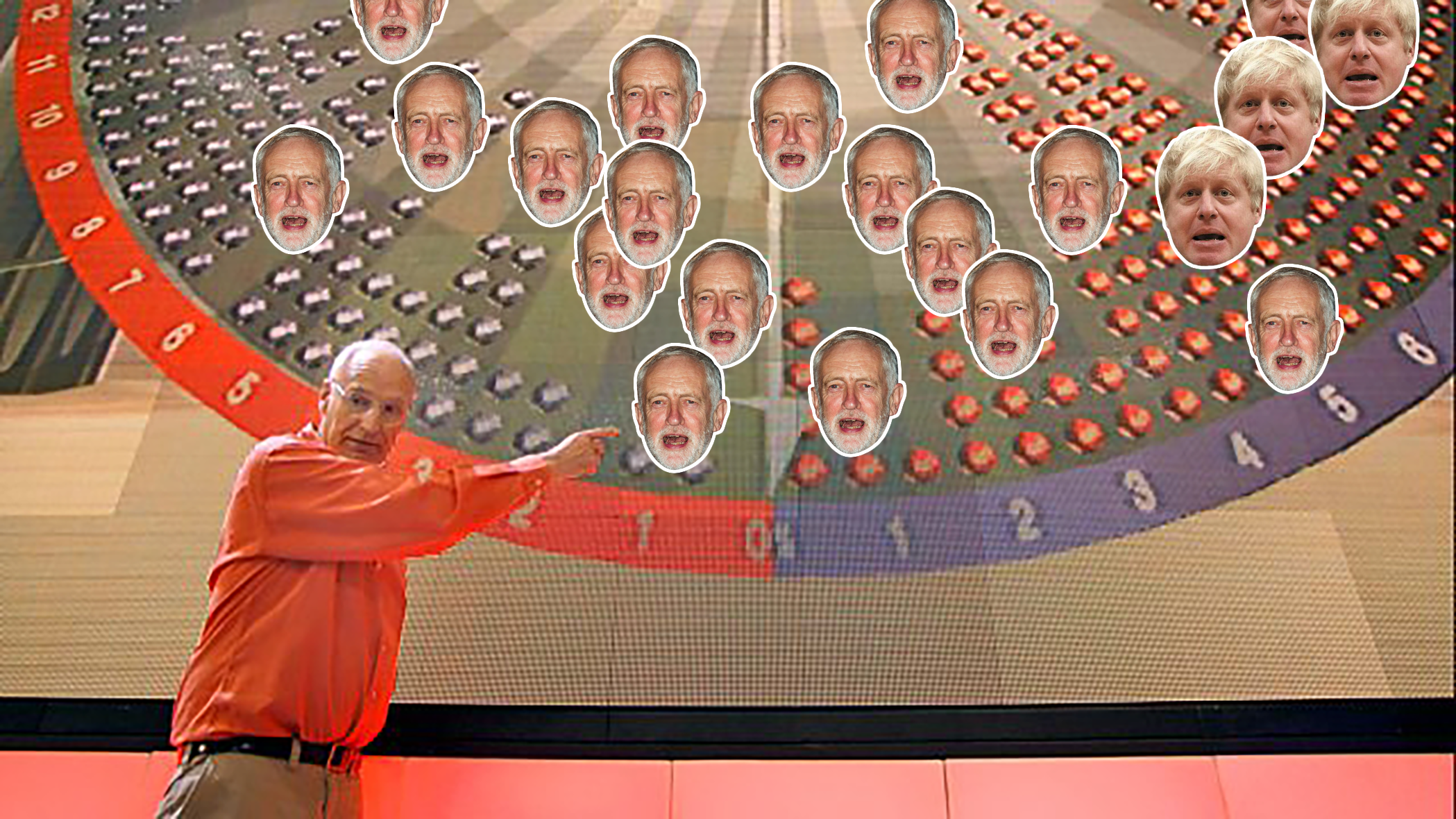Don’t Trust the Polls, Labour Could Still Win This Election
by Bart Cammaerts
9 December 2019

This election campaign has underlined critical questions about how polling works, and whether the statistical models that underpin it are still able to accurately predict electoral behaviour.
If our polling methods work, Labour is heading for a defeat of massive proportions on 12 December. There is, however, increasing evidence that the way in which polling is being done in this country (and beyond) is fundamentally broken. Almost all polls were wrong in 2015 and 2017; during the EU-referendum more than half the polls were wrong, with more attention given to those that predicted Remain to win.
If the polls cannot be trusted, then Labour is still in with a chance of achieving the supposedly unachievable, winning or – failing that – gaining power through alliances in a hung parliament.
Why do the polls keep getting it wrong?
The reliability of a poll stands or falls with how representative the 1,000 or 2,000 people typically surveyed are of voters in general. Each member of the target population must have an equal chance of being chosen in a sample for it to be truly representative, but in practice this is extremely difficult to achieve.
A variety of biases inevitably come into play in selecting who is included and who is excluded from a sample. Most polls today are conducted via online panels which tend to attract specific kinds of people, skewing representativeness. Pollsters try and compensate for this with post-hoc corrections, a process of using quotas to weight the results for gender, class, geographical location, education etc. But what if the weightings they use are wrong? Pollsters tend to make assumptions about who will vote. This meant that in 2017 they produced highly inaccurate results because they predicted the turnout among young people completely wrong.
National polling doesn’t work for constituency level voting
Older readers might remember good old Peter Snow and the BBC’s swingometer. This operated based on the idea that swings from one party to the other might differ from constituency to constituency, but overall an average ‘national’ swing that impacted all constituencies could be applied. A party polling at above 40% of the vote nationally, as the Tories currently almost consistently do, was guaranteed with near certainty a majority in the House of Commons.
But a national poll does not necessarily always predict what will happen at constituency level, where other factors might be in play. In a first past the post system, tactical voting can also have a substantial impact at that local level.
Brexit’s differential impact across the country, the higher than normal number of young voters that have registered, the highly polarising nature of this election, and negative campaigning on a scale never seen before in the UK, all make it questionable that a national swing will apply in the same manner as it has done in the past.
What does this mean for Labour?
If we approach the polls not as an accurate snapshot, but as a blurry, unfocused photograph, providing us with an idea of broad trends rather than a crystal clear picture, the gap between Labour and the Tories has been narrowing as the campaign goes on, which according to some has increased the possibility of a hung parliament.
It is worth noting that the rightwing media is increasingly warning against the dangers of a hung parliament, suggesting they might be getting scared. The Telegraph columnist Sherelle Jacobs’ rallying cry, ‘to stop a chaotic hung Parliament, the Tories must play a blistering end game’, is a case in point.
Many factors will come into play in determining this election result. As I have written in the past, a big one is likely to be the way in which the electorate reacts to the vicious and acerbic attacks of the media and the Tory elite on Jeremy Corbyn’s character. While it is impossible to know what impact this will have, personally I suspect that many more people are able to spell Pinocchio than Boris Johnson’s father believes. It is even conceivable that the political and personal assault on Labour and Corbyn is backfiring and making things swing in the direction of the perceived underdog. This is of course pure speculation, but the fact remains: this election is extremely difficult to call and we shouldn’t put too much weight on high polling numbers for the Tories.
At the same time, we must also be careful not to read too much into the tightening of the polls. Most of the gains Labour has made so far have been at the expense of the Liberal Democrats, who have run an extremely weak campaign. It should also be remembered that Labour support has often been overstated by pollsters in the past.
Finally, because political polling is big business and accurate results cement the reputation of a polling company, helping them secure future commercial opportunities, pollsters tend to be very keen to learn from their mistakes and adapt their models after each election in a bid to increase their validity and accuracy. Next week we will know if the tweaks they made after the 2017 general election have increased the accuracy of their models or not.
I, for one, hope they have failed again.
Bart Cammaerts is a professor of politics and communication at the London School of Economics and Political Science.